1)Shouzhong, Yang. “The Divine Farmer’s Materia Medica, 1998 Blue Poppy Press.” Boulder, CO.
2)Hsu, Hong-Yen, Chau-Shin Hsu, and Qing-Fu Hu. Commonly used Chinese herb formulas with illustrations. Oriental Healing Arts Institute, 2006.
3)Xiao, Ma, et al. “Study on the sedative and expectorant effects of radix Polygalae decoction processed by Magnolia officinalis juice [J].” Pharmacology and Clinics of Chinese Materia Medica 1 (2013).
4)De Franciscis, Pasquale, et al. “Adding Agnus Castus and magnolia to soy isoflavones relieves sleep disturbances besides postmenopausal vasomotor symptoms-long term safety and effectiveness.” Nutrients 9.2 (2017).
5)Watanabe, Kazuo, et al. “Pharmacological properties of magnolol and hōnokiol extracted from Magnolia officinalis: central depressant effects.” Planta medica 49.10 (1983).
6)Chen, Chang-Rui, et al. “Magnolol, a major bioactive constituent of the bark of Magnolia officinalis, induces sleep via the benzodiazepine site of GABAA receptor in mice.” Neuropharmacology 63.6 (2012): 1191-1199.
7)Coppola, Maurizio, and Raffaella Mondola. “Potential use of Magnolia officinalis bark polyphenols in the treatment of cannabis dependence.” Medical hypotheses 83.6 (2014).
8)Rempel, Viktor, et al. “Magnolia extract, magnolol, and metabolites: activation of cannabinoid CB2 receptors and blockade of the related GPR55.” ACS medicinal chemistry letters 4.1 (2013).
9)Borgonetti, Vittoria, et al. “A honokiol-enriched Magnolia officinalis Rehder & EH Wilson. bark extract possesses anxiolytic-like activity with neuroprotective effect through the modulation of CB1 receptor.” Journal of Pharmacy and Pharmacology (2021).
10)Schifano, Fabrizio, et al. “Is there a potential of misuse for Magnolia officinalis compounds/metabolites?.” Human Psychopharmacology: Clinical and Experimental 32.3 (2017).
11)Huang, D. B., Z. F. Yu, and Lin Fu. “Clinical observation on effect of modified banxia houpu decoction in treating patients with protracted heroin abstinence syndrome.” Zhongguo Zhong xi yi jie he za zhi Zhongguo Zhongxiyi jiehe zazhi= Chinese journal of integrated traditional and Western medicine 24.3 (2004).
12)Lee, Hyun-ki, and Un-jung Lee. “Effects of Ethanol Extract from Magnolia Officinalis on Anxiety and Cognitive Function.” The Journal of Internal Korean Medicine 36.4 (2015).
13)Borgonetti, Vittoria, et al. “Novel therapeutic approach for the management of mood disorders: In vivo and in vitro effect of a combination of l-theanine, Melissa officinalis L. and Magnolia officinalis rehder & EH Wilson.” Nutrients 12.6 (2020).
14)Xing, Hang, et al. “Antidepressant-like effect of the water extract of the fixed combination of Gardenia jasminoides, Citrus aurantium and Magnolia officinalis in a rat model of chronic unpredictable mild stress.” Phytomedicine 22.13 (2015).
15)Talbott, Shawn, Julie Talbott, and Michael Pugh. “Effect of Magnolia/Phellodendron on Cortisol and Mood State in Moderately Stressed Subjects.” (2013).
16)Xu, Qun, et al. “Antidepressant-like effects of the mixture of honokiol and magnolol from the barks of Magnolia officinalis in stressed rodents.” Progress in Neuro-Psychopharmacology and Biological Psychiatry 32.3 (2008).
17)Han, Huishan, et al. “Anxiolytic-like effects of 4-O-methylhonokiol isolated from Magnolia officinalis through enhancement of GABAergic transmission and chloride influx.” Journal of medicinal food 14.7-8 (2011).
18)김상철. The hair growth promoting effect and action mechanism of 4-O-methylhonokiol from Magnolia officinalis. Diss. 제주대학교 대학원, 2010.
19)Yimam, Mesfin, et al. “UP601, a standardized botanical composition composed of Morus alba, Yerba mate and Magnolia officinalis for weight loss.” BMC complementary and alternative medicine 17.1 (2017).
20)Garrison, Robert, and Walter G. Chambliss. “Effect of a proprietary Magnolia and Phellodendron extract on weight management: a pilot, double-blind, placebo-controlled clinical trial.” Alternative therapies in health and medicine 12.1 (2006).
21)Chen, Yung-Hsiang, et al. “Antioxidative and hepatoprotective effects of magnolol on acetaminophen-induced liver damage in rats.” Archives of pharmacal research 32.2 (2009).
22)Yimam, Mesfin, et al. “Appetite suppression and antiobesity effect of a botanical composition composed of Morus alba, Yerba mate, and Magnolia officinalis.” Journal of obesity 2016 (2016).
23)Sun, Jing, et al. “Magnolia officinalis extract contains potent inhibitors against PTP1B and attenuates hyperglycemia in db/db mice.” BioMed research international 2015 (2015).
24)Zhang, Zhiguo, et al. “The magnolia bioactive constituent 4-O-methylhonokiol protects against high-fat diet-induced obesity and systemic insulin resistance in mice.” Oxidative medicine and cellular longevity 2014 (2014).
25)Li, Chuan, et al. “Novel oligomeric neolignans with PTP1B inhibitory activity from the bark of Magnolia officinalis var. biloba.” Bioorganic Chemistry 104 (2020): 104319.
26)Ahn, Seyeon, et al. “Magnoliae officinalis extracts promote adiponectin production during adipogenesis in human adipose tissue-mesenchymal stem cells.”
27)Wu, Lichun, et al. “Evaluation of tyrosinase inhibitory, antioxidant, antimicrobial, and antiaging activities of Magnolia officinalis extracts after Aspergillus niger fermentation.” BioMed research international 2018 (2018).
28)Qinghong, Hao, Chen Guanhua, and Feng Yaqi. “Studies on antiaging effects of honokiol in mice.” Journal of Agricultural University of Hebei (2008).
29)Jianxiong, Lu Jianngming Chen Jing Liang, and Wang Zhaoyue. “Acomparative Study of the Antibiotic and Analgesic Effect of Magnolia officinalis Var biloba Rehco et wils Dry Hide before and after its Diaphoretic Processing [J].” Nei Mongol Journal of Traditional Chinese Medicine 1 (2004).
30)Wang, Jih-Pyang, et al. “Anti-inflammatory and analgesic effects of magnolol.” Naunyn-Schmiedeberg’s archives of pharmacology 346.6 (1992).
31)Khalid, Sidra, et al. “Suppression of TRPV1 and P2Y nociceptors by honokiol isolated from Magnolia officinalis in 3rd degree burn mice by inhibiting inflammatory mediators.” Biomedicine & Pharmacotherapy 114 (2019).
32)Vega-García, Angélica, et al. “Magnolia officinalis Reduces Inflammation and Damage Induced by Recurrent Status Epilepticus in Immature Rats.” Current pharmaceutical design 26.12 (2020).
33)Hoi, Chu Peng, et al. “Neuroprotective effect of honokiol and magnolol, compounds from Magnolia officinalis, on beta‐amyloid‐induced toxicity in PC12 cells.” Phytotherapy Research 24.10 (2010).
34)Lee, Jae Woong, et al. “Inhibitory effect of ethanol extract of Magnolia officinalis and 4-O-methylhonokiol on memory impairment and neuronal toxicity induced by beta-amyloid.” Pharmacology Biochemistry and Behavior 95.1 (2010).
35)Lin, Yi-Ruu, et al. “Neuroprotective activity of honokiol and magnolol in cerebellar granule cell damage.” European journal of pharmacology 537.1-3 (2006): 64-69.
36)Lee, Young-Jung, et al. “A comparison between extract products of Magnolia officinalis on memory impairment and amyloidogenesis in a transgenic mouse model of alzheimer’s disease.” Biomolecules & therapeutics 20.3 (2012).
37)Lee, Yong Kyung, et al. “Protective effect of the ethanol extract of Magnolia officinalis and 4-O-methylhonokiol on scopolamine-induced memory impairment and the inhibition of acetylcholinesterase activity.” Journal of natural medicines 63.3 (2009).
38)Lee, Young-Jung, et al. “Inhibitory effect of 4-O-methylhonokiol on lipopolysaccharide-induced neuroinflammation, amyloidogenesis and memory impairment via inhibition of nuclear factor-kappaB in vitro and in vivo models.” Journal of neuroinflammation 9.1 (2012).
39)Xian, Yan-Fang, et al. “Honokiol improves learning and memory impairments induced by scopolamine in mice.” European journal of pharmacology 760 (2015).
40)Lee, Se‐Jung, et al. “Inhibitory effects of the aqueous extract of Magnolia officinalis on the responses of human urinary bladder cancer 5637 cells in vitro and mouse urinary bladder tumors induced by N‐Butyl‐N‐(4‐hydroxybutyl) nitrosamine in vivo.” Phytotherapy Research: An International Journal Devoted to Pharmacological and Toxicological Evaluation of Natural Product Derivatives 23.1 (2009).
41)Konoshima, Takao, et al. “Studies on inhibitors of skin tumor promotion, IX. Neolignans from Magnolia officinalis.” Journal of natural products 54.3 (1991).
42)Xu, Huanli, et al. “Targeting apoptosis pathways in cancer with magnolol and honokiol, bioactive constituents of the bark of Magnolia officinalis.” Drug discoveries & therapeutics 5.5 (2011).
43)WANG, Dong-E., and Xian LU. “Research progress on the pharmacological function and the antitumor mechanism of honokiol.” Medical Recapitulate 11 (2009).
44)Hyun, Seungyeon, et al. “Peroxisome proliferator-activated receptor-gamma agonist 4-O-methylhonokiol induces apoptosis by triggering the intrinsic apoptosis pathway and inhibiting the PI3K/Akt survival pathway in SiHa human cervical cancer cells.” Journal of microbiology and biotechnology 25.3 (2015).
45)Youn, Ui Joung, et al. “Apoptosis‐inducing and Antitumor Activity of Neolignans Isolated from Magnolia officinalis in HeLa Cancer Cells.” Phytotherapy research 27.9 (2013).
46)Wang, Yun, et al. “Honokiol protects rat hearts against myocardial ischemia reperfusion injury by reducing oxidative stress and inflammation.” Experimental and Therapeutic Medicine 5.1 (2013).
47)Lee, Yen-Mei, et al. “Magnolol reduces myocardial ischemia/reperfusion injury via neutrophil inhibition in rats.” European journal of pharmacology 422.1-3 (2001).
48)Teng, Che-Ming, et al. “Two antiplatelet agents from Magnolia officinalis.” Thrombosis research 50.6 (1988).
49)Wu, Xiao-ning, et al. “Protective effect of a polyphenolic rich extract from Magnolia officinalis bark on influenza virus-induced pneumonia in mice.” Journal of Ethnopharmacology 134.1 (2011).
50)Wu, Xiao-ning, et al. “Protective effect of a polyphenolic rich extract from Magnolia officinalis bark on influenza virus-induced pneumonia in mice.” Journal of Ethnopharmacology 134.1 (2011).
51)Chen, Xiaohui, et al. “Magnolol and honokiol from Magnolia officinalis enhanced antiviral immune responses against grass carp reovirus in Ctenopharyngodon idella kidney cells.” Fish & shellfish immunology 63 (2017).
52)Deng, Yan Jun, et al. “Study on active compounds from Huoxiang Zhengqi Oral Liquid for prevention of coronavirus disease 2019 (COVID-19) based on network pharmacology and molecular docking.” Chinese Traditional and Herbal Drugs 51.5 (2020).
53)YANG, Hongbing, et al. “Research on In-vitro Antibacterial Test of Different Parts of Magnolia Officinalis.” Journal of Hubei University of Chinese Medicine (2016).
54)Liu, Tao, Yalin Pan, and Renfu Lai. “New mechanism of magnolol and honokiol from Magnolia officinalis against Staphylococcus aureus.” Natural product communications 9.9 (2014).
55)Park, Junho, et al. “In vitro antibacterial and anti-inflammatory effects of honokiol and magnolol against Propionibacterium sp.” European Journal of Pharmacology 496.1-3 (2004).
56)Xu, G. J., et al. “Antibacterial constituents from Magnolia officinalis.” Lat Am J Pharm 37 (2018).
57)Syu, Wan‐Jr, et al. “Antimicrobial and cytotoxic activities of neolignans from Magnolia officinalis.” Chemistry & biodiversity 1.3 (2004).
58)Yan, Yin-Fang, et al. “Bioassay-guided isolation of two antifungal compounds from Magnolia officinalis, and the mechanism of action of honokiol.” Pesticide Biochemistry and Physiology 170 (2020).
59)Feng, Yang, et al. “Antifungal Activity of Magnolia officinalis Derived Magnolol and Honokiol on Membrane Disruption of Saprolegnia parasitica.” Israeli Journal of Aquaculture-Bamidgeh 70 (2018).
60)Ye, Yong‐Hao, et al. “Construction of an immobilised acetylcholinesterase column and its application in screening insecticidal constituents from Magnolia officinalis.” Pest management science 71.4 (2015).
61)Poivre, Mélanie, and Pierre Duez. “Biological activity and toxicity of the Chinese herb Magnolia officinalis Rehder & E. Wilson (Houpo) and its constituents.” Journal of Zhejiang University-SCIENCE B 18.3 (2017).
62)XU, Wen-hui, et al. “A comparative toxicity study of the leaves, barks and flowers of Magnolia officinalis.” Journal of Jinggangshan University (Natural Science) (2015): 03.
63)Tsai, Tung-Hu, and Chieh-Fu Chen. “Identification and determination of honokiol and magnolol from Magnolia officinalis by high-performance liquid chromatography with phtodiode-array UV detection.” Journal of Chromatography A 598.1 (1992).

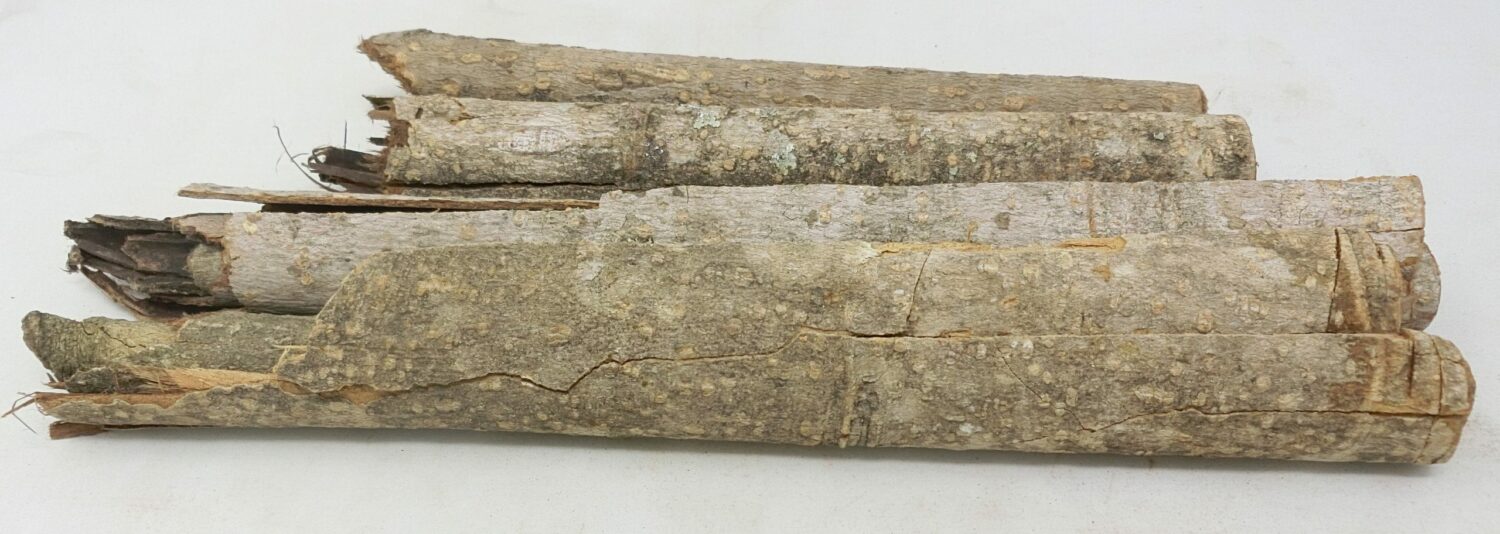
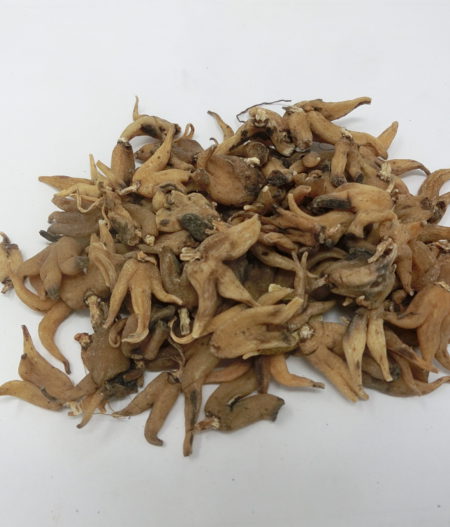
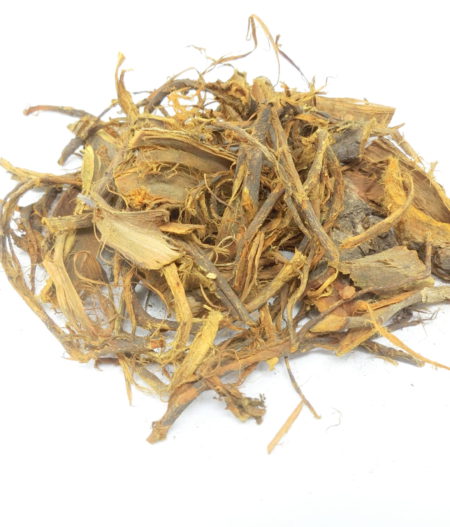
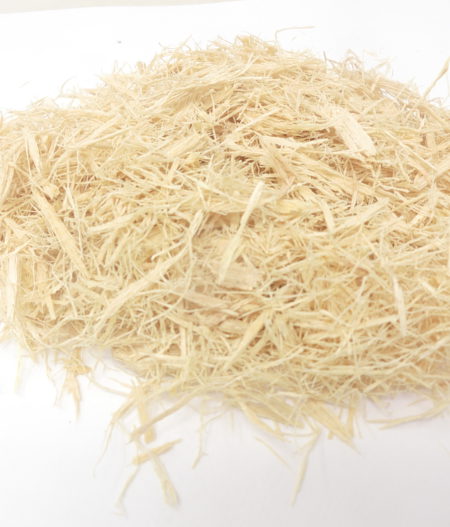
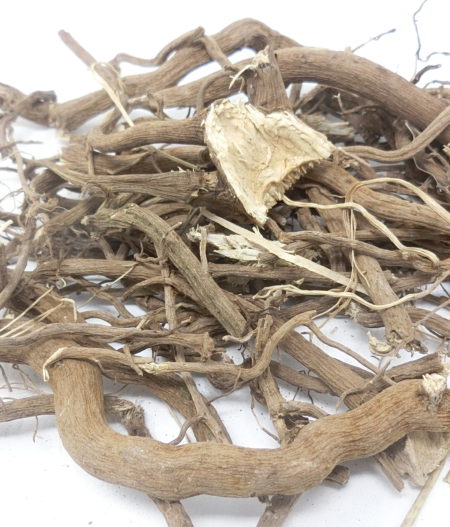
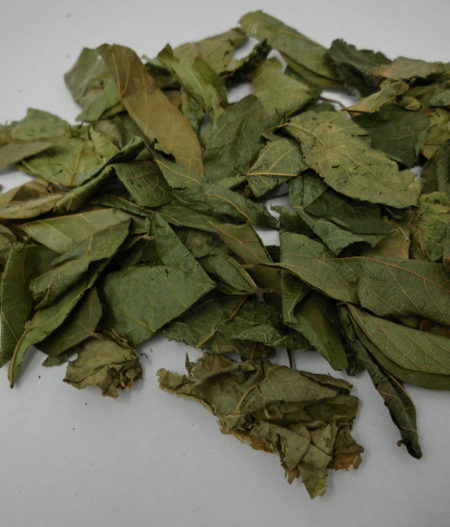
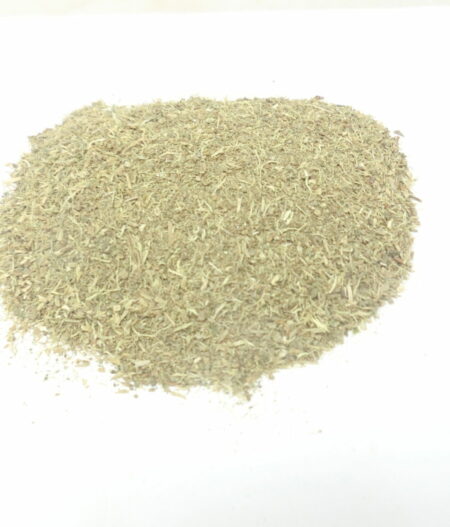
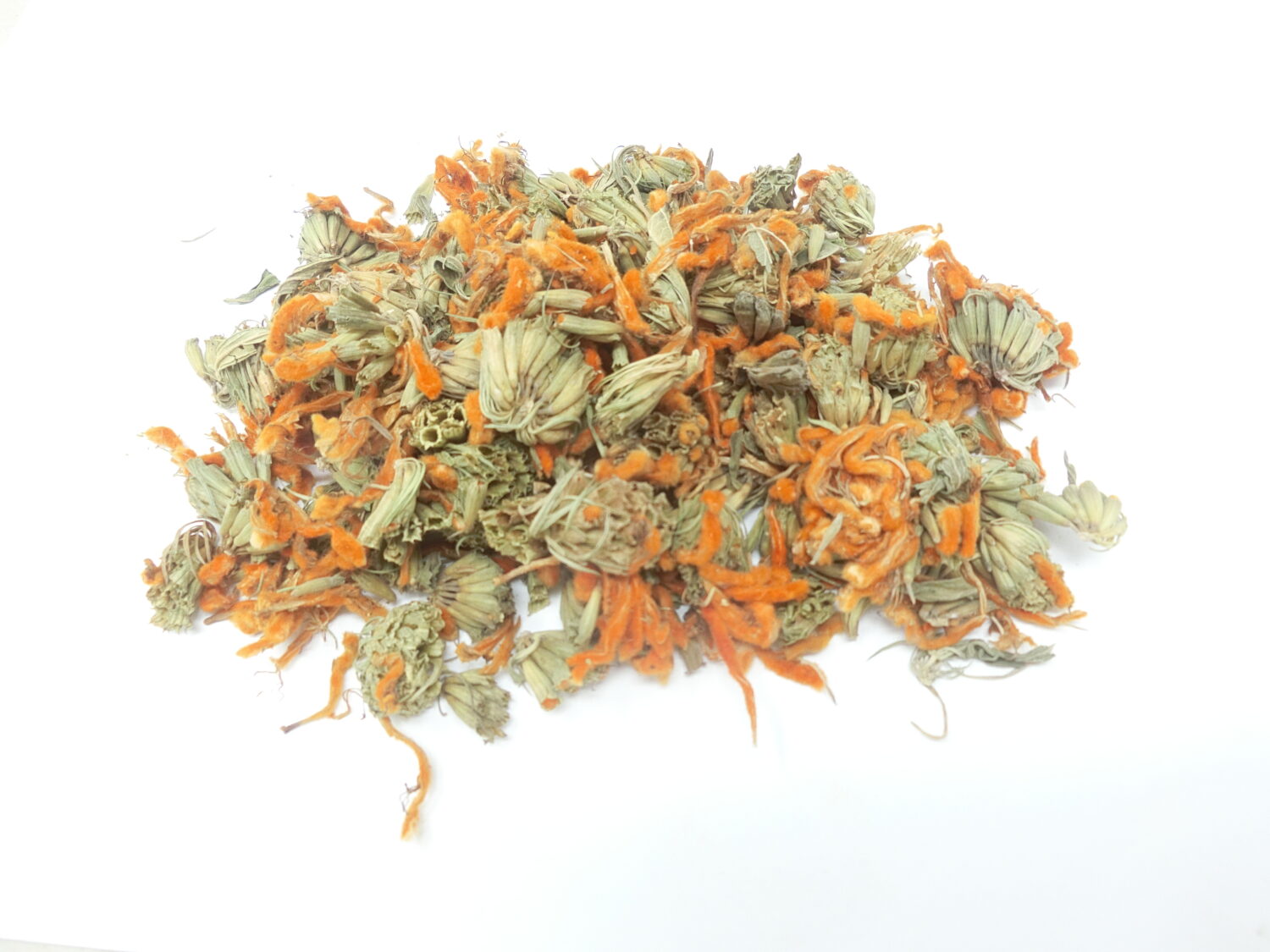
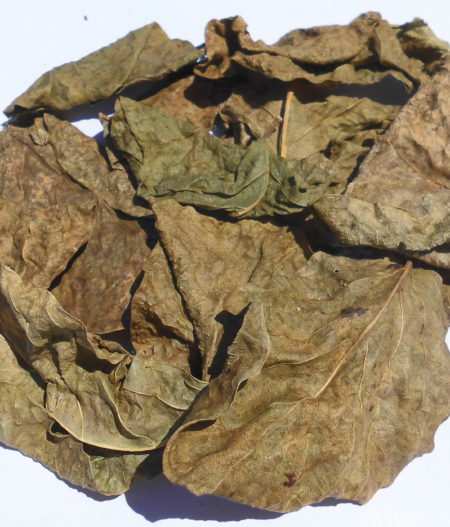
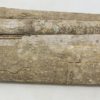
Recensioni
Ancora non ci sono recensioni.